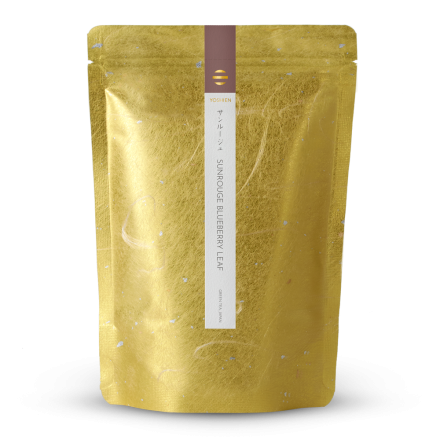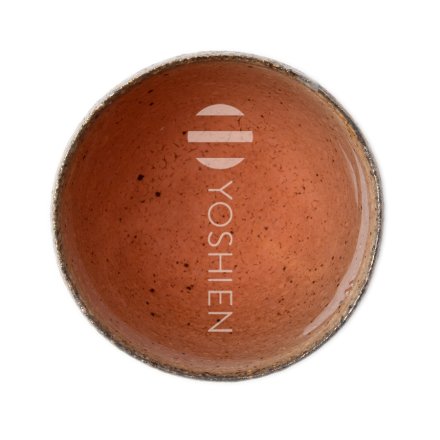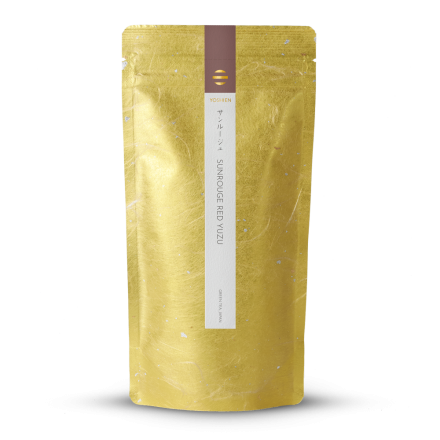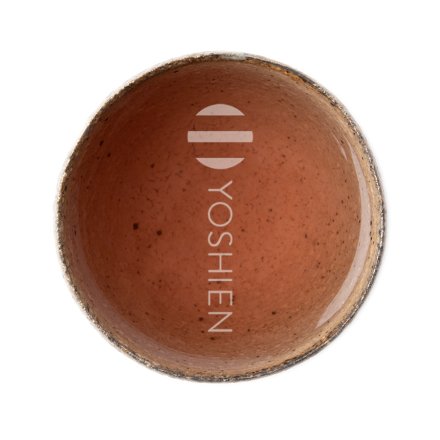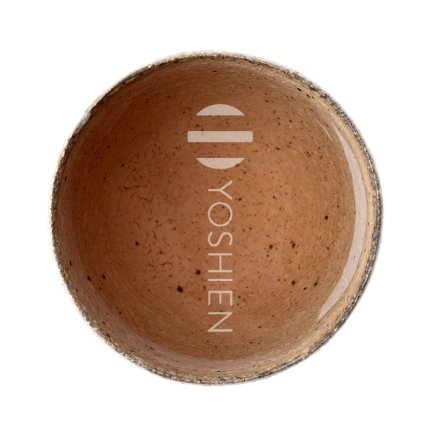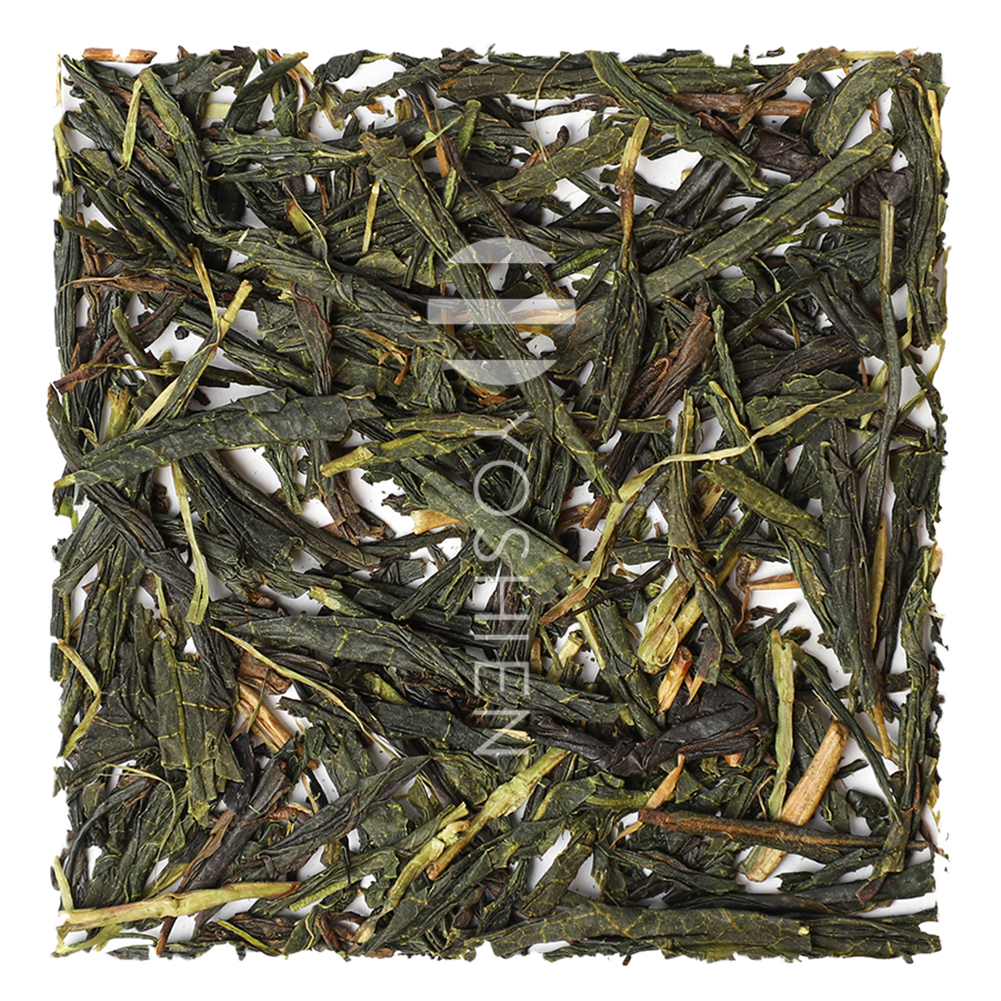Sunrouge
Green and red Sunrouge teas, created by crossing C. taliensis with C. sinensis. These teas contain a large number of rare anthocyanins and catechins, which results in a bright red infusion. Sourced directly from Yuki Toyumura on the Pacific island of Tokunoshima, then tested in a German laboratory.



